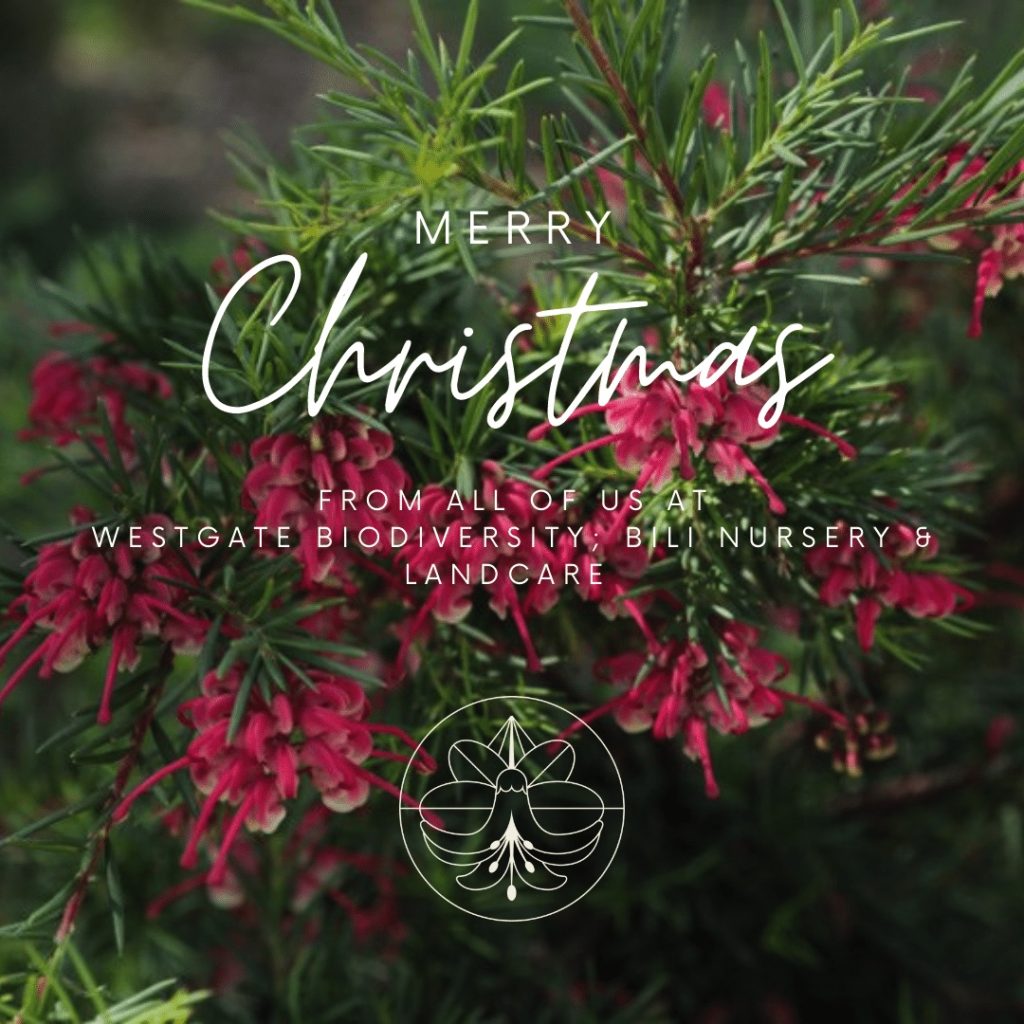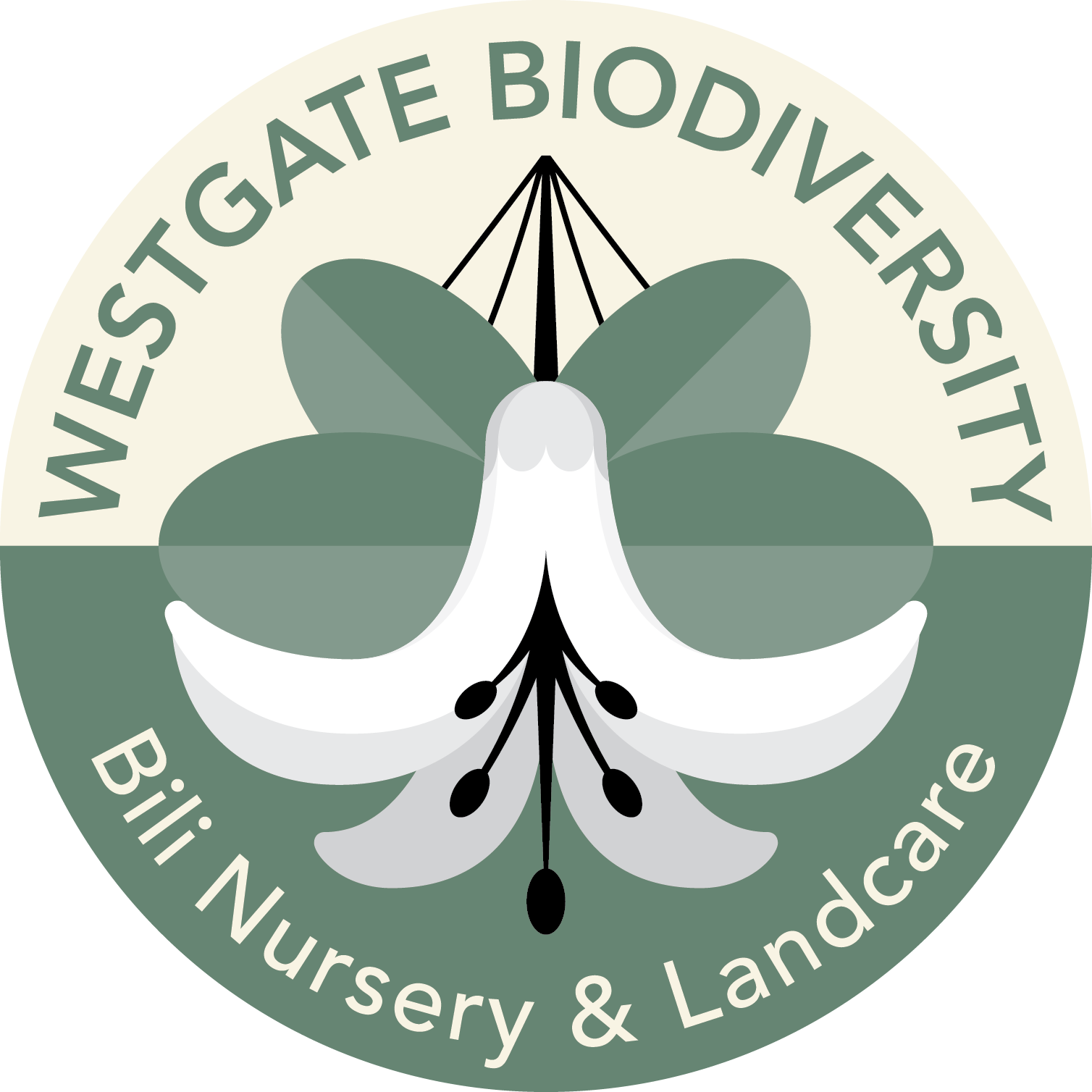Channel 9 ‘postcards’ at Park
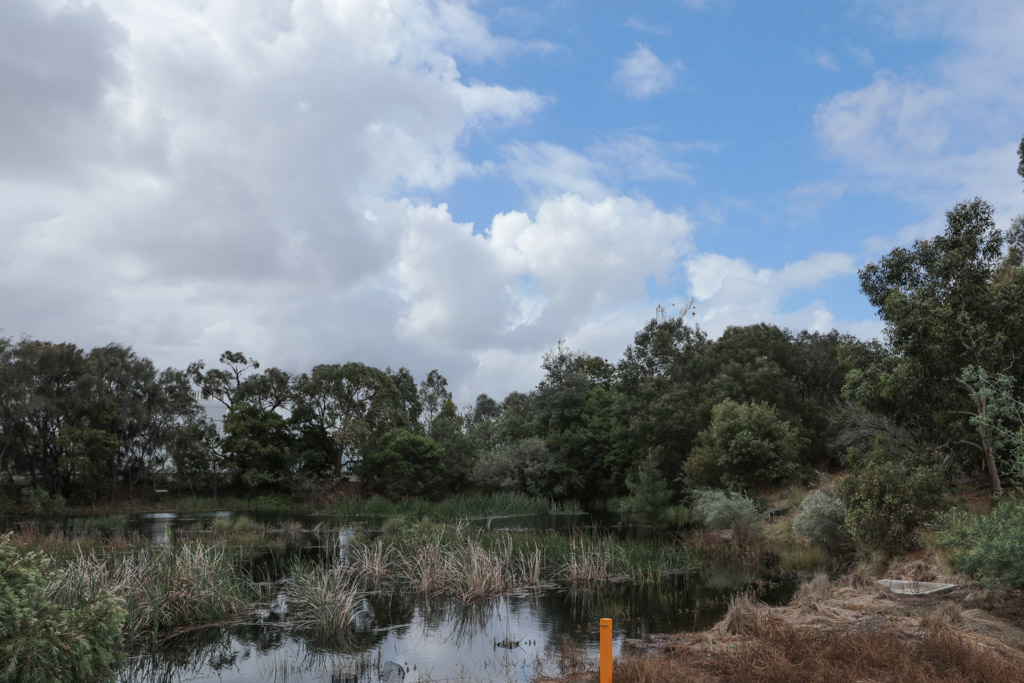
On Sunday, 13 Feb, Channel 9’s Postcards went to air featuring Westgate Park and a ride on the punt to Newport.
If you missed it, see it here.
Admin assistant position 1 day/week
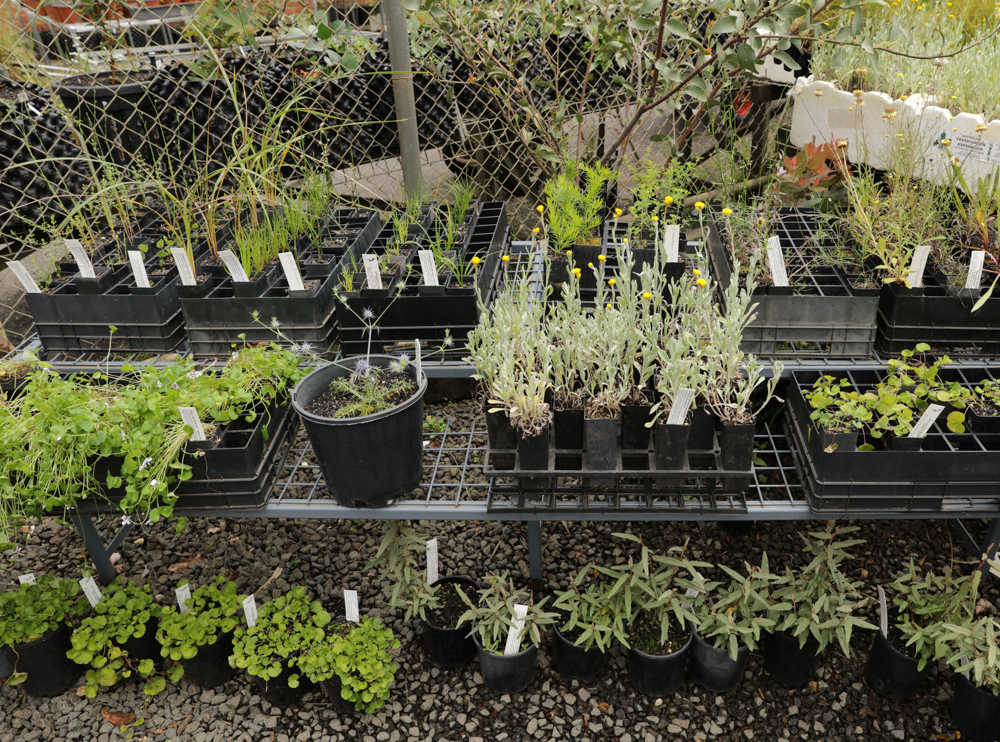
We are hiring! Westgate Biodiversity is looking for an admin assistant to take care of records, manage supplies, follow up enquiries, etc. one day/week.
This is a paid position, based at Bili Nursery, 525 Williamstown Road, Port Melbourne.
See here for the position description and email your application here.
Unlocking secrets of samphire
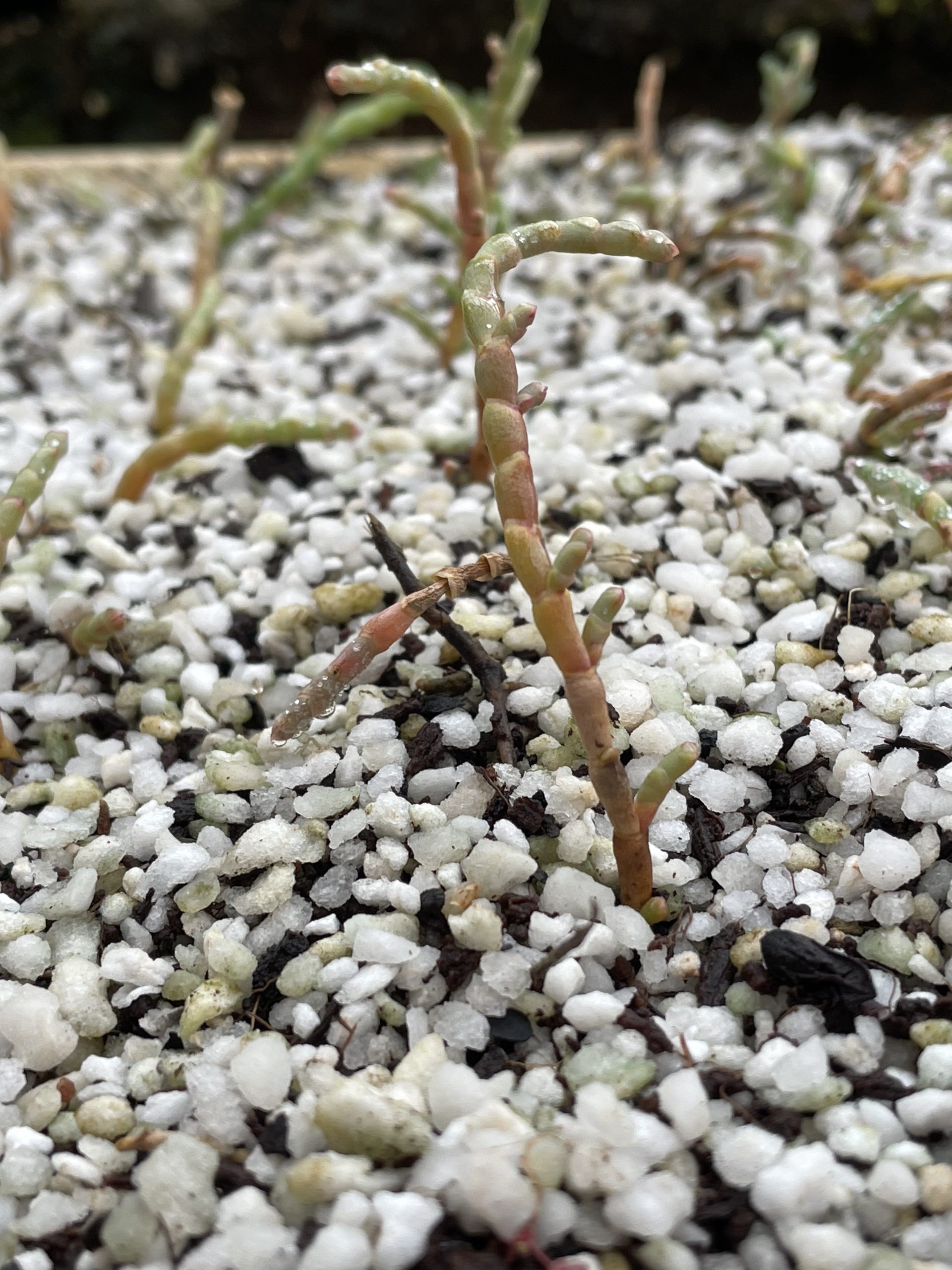
Westgate Park is home to the only area of saltmarsh to be found between the Yarra and the Mornington Peninsula. And native samphire (Sarcocornia quinqueflora), a succulent and edible plant, is a vital part of the saltmarsh environment.
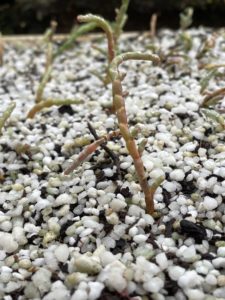
But there is a big problem when it comes to supplying plants for revegetation projects; samphire is slow-growing and that pushes up prices.
So, our Bili Nursery team is working to come up with practical solutions.
“We are doing a lot of experiments with trying to produce samphire faster and better for revegetation,” says Bili Nursery manager Nic Brinkley.
“The goal is to try to find a system to produce really big ones, really quickly, so that we can more greatly assist with saltmarsh revegetation.
“The saltmarsh revegetation is particularly important because it is the [type of coastal] area we have lost the most of in Melbourne.”
Westgate Park’s saltmarsh has, for a different reason, become world famous; it’s also known as the Pink Lake. Under certain hot and dry conditions, the salinity of the water reaches the ideal point where a purple sulphur bacteria (harmless) proliferate. See here for more on this.
Bird survey 10 Jan
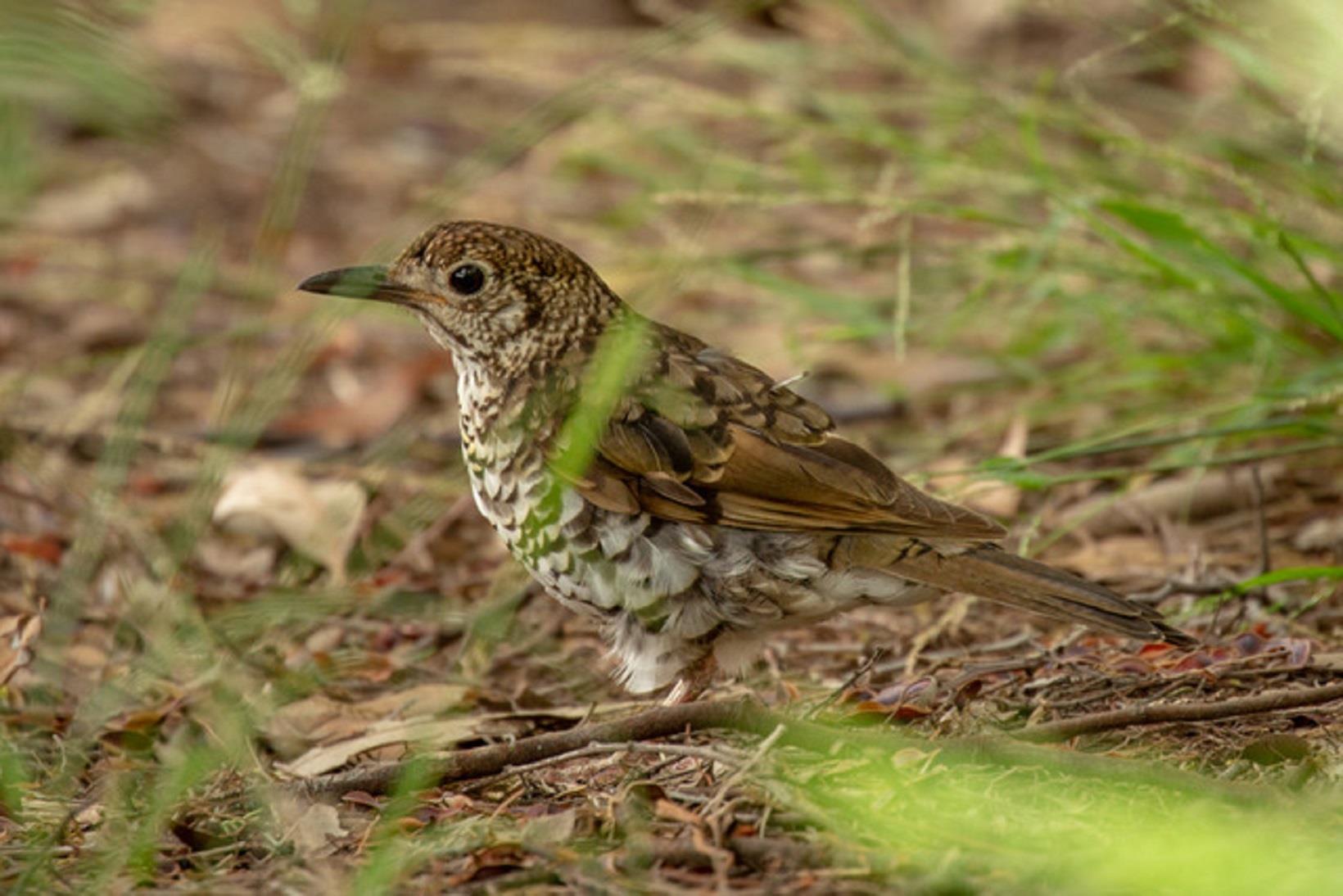
Doubtless the hot weather contributed to lower bird numbers in this survey but nonetheless, 40 species were recorded and 62 Superb Fairy-wren were observed. In the photo bottom left, the Superb Fairy-wren with a dull red colour around the eye is a juvenile or female.
The Bassian Thrush was seen between surveys by Mervyn Marsh and Leo Norman. It’s a relative newcomer to the Park. Birdlife Australia says the Bassian Thrush prefers densely forested areas and gullies, feeding on the ground scratching through leaf litter for invertebrates. It’s a secretive bird which means a good clear photo of it is something of a triumph!
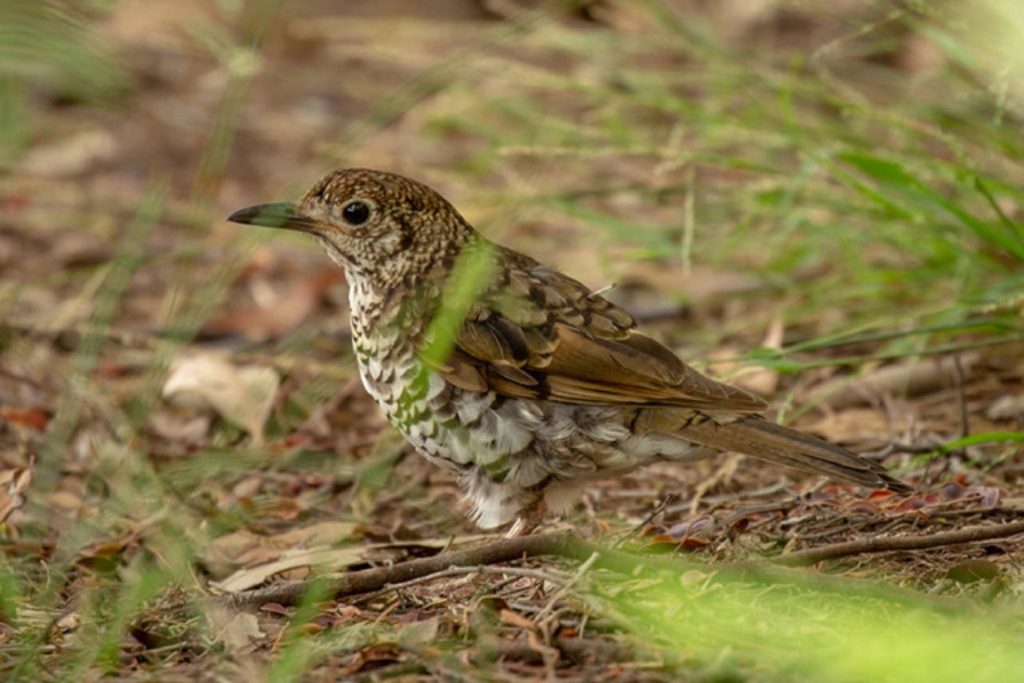
Bassian Thrush 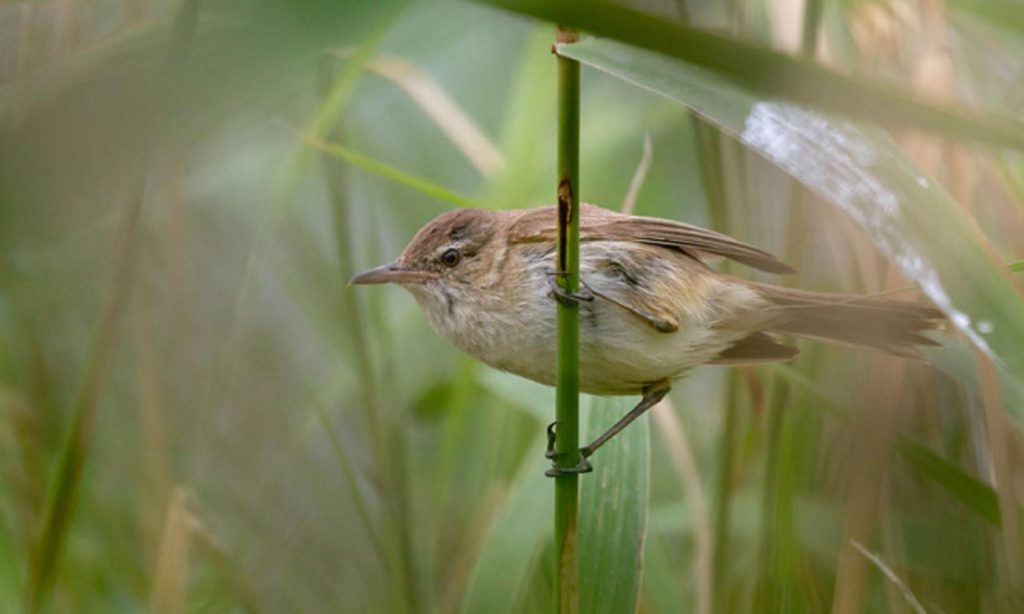
Aust Reed Warbler,
photos Mervyn Marsh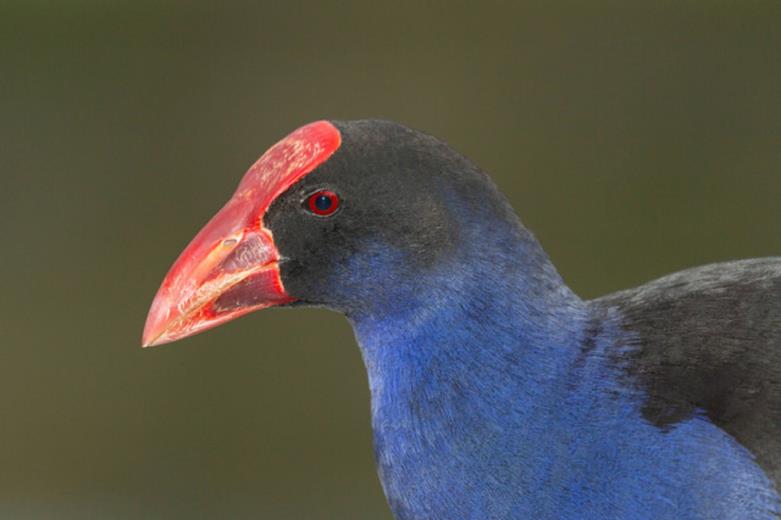
Purple Swamphen 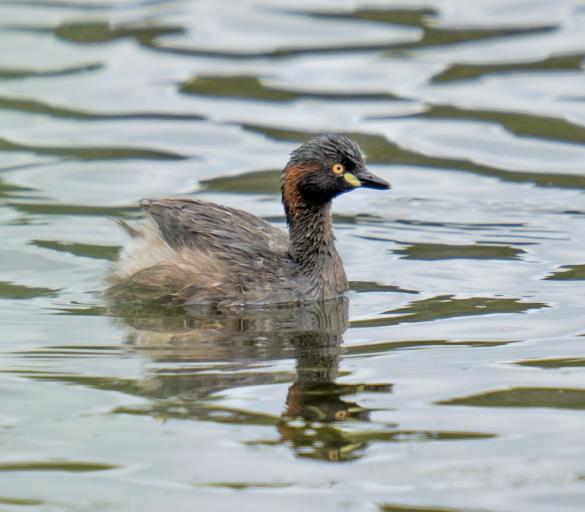
Australasian Grebe 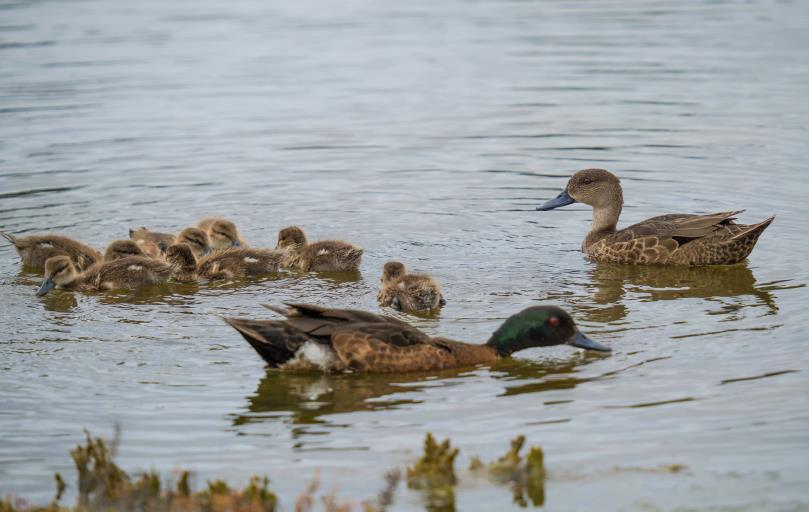
Chestnut Teal pair +7 ducklings
photos Michael Drake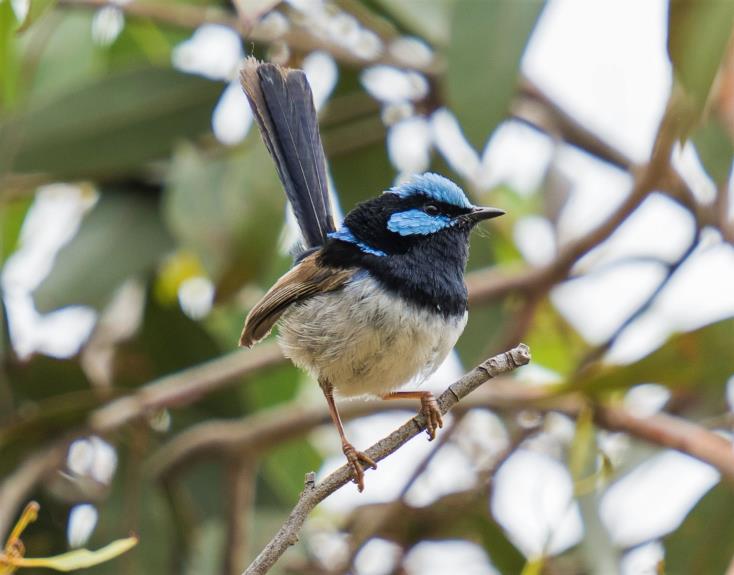
Superb Fairy-wren 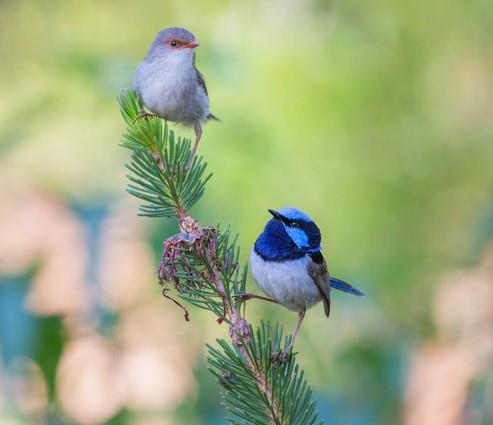
Superb Fairy-wrens, photo Mervyn Marsh 
Black-winged Stilt, photo Michael Drake
How many river red gums in a propagation tray?
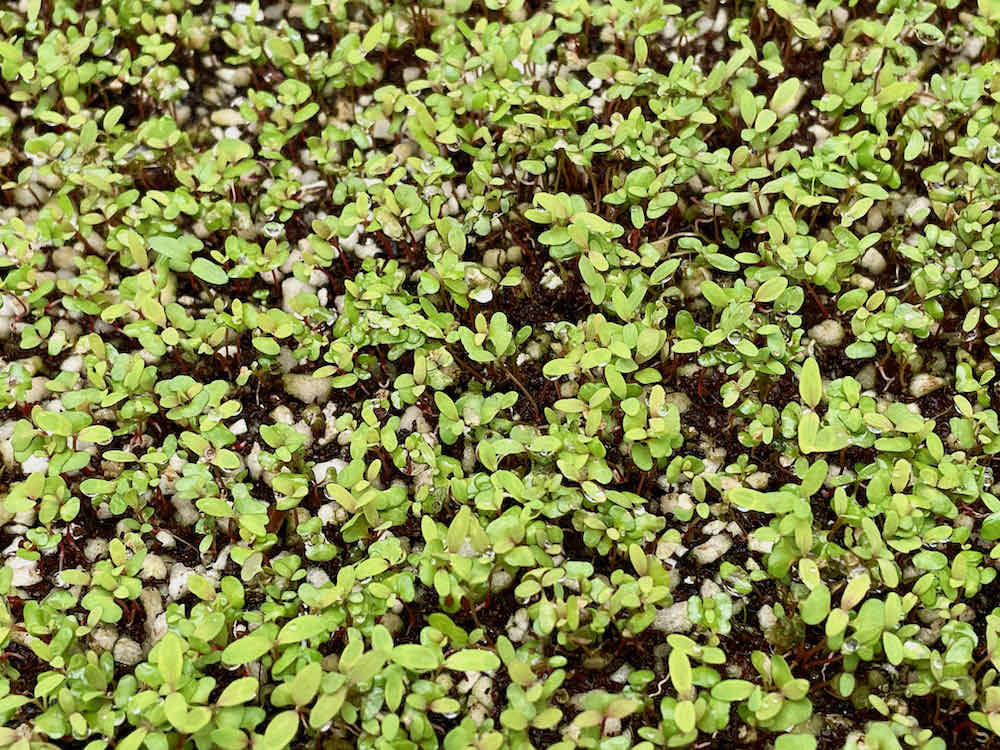

We’ve been having some notable successes at the Bili Nursery over recent months. Here’s a tray of river red gum seedlings (eucalyptus camaldulensis) prior to pricking out.
Have a guess how many potentially towering trees there are in this tray.
I seriously underestimated the total at 500. But what do you think?
Westgate Biodiversity Bili Nursery and Landcare (WBBNL) manager Nic Brinkley estimates there are around 2000 individual plants.
The river red gum is one of the most widespread plants in Australia and each of these seedlings has the potential to grow 25 to 45 metres in height.
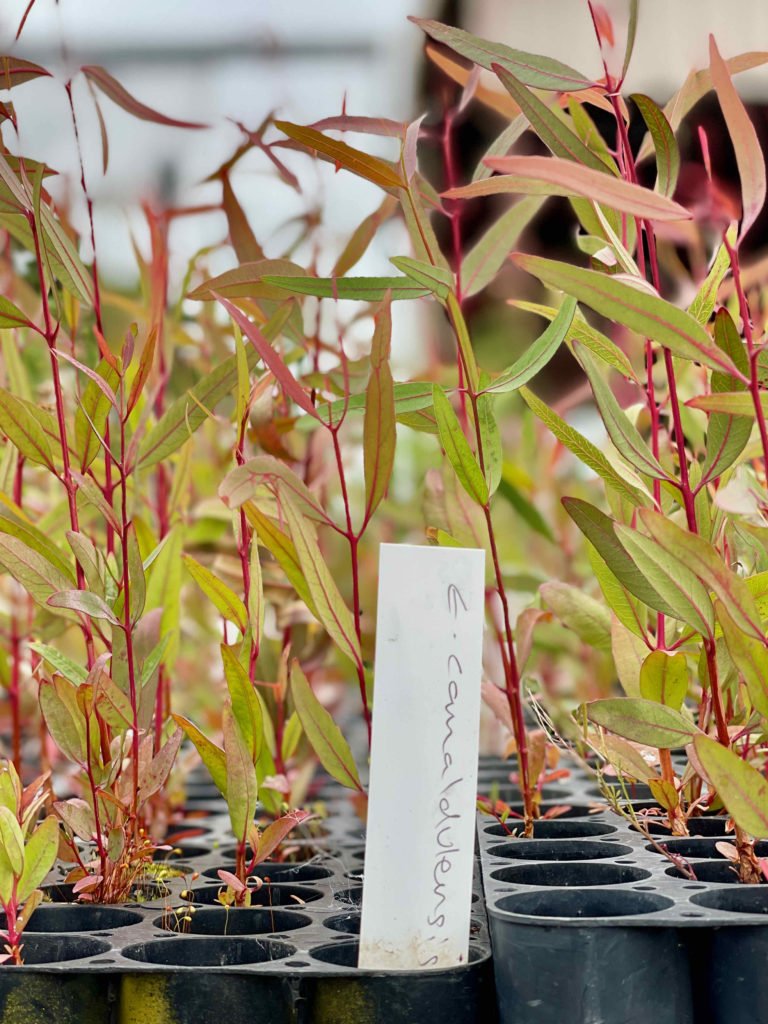
But first, for the next stage of propagation, they’ll all need pricking out to individual containers.
For an entire tray, such as this, that delicate process might take a beginner more than a week of painstakingly delicate work and, unfortunately, a high attrition rate.
But the most skilled of our nursery workers and volunteers reckon on a pricking out target of 1000 plants per day.
Each of those tiny seedlings should then develop into robust shoots ready for distribution to customers or retail.
You can find these plants and many, many other indigenous plant species at the Bili Nursery, 525 Williamstown Road, Port Melbourne 3207.
January opening times Monday to Friday, 9am-4pm.
January break at nursery
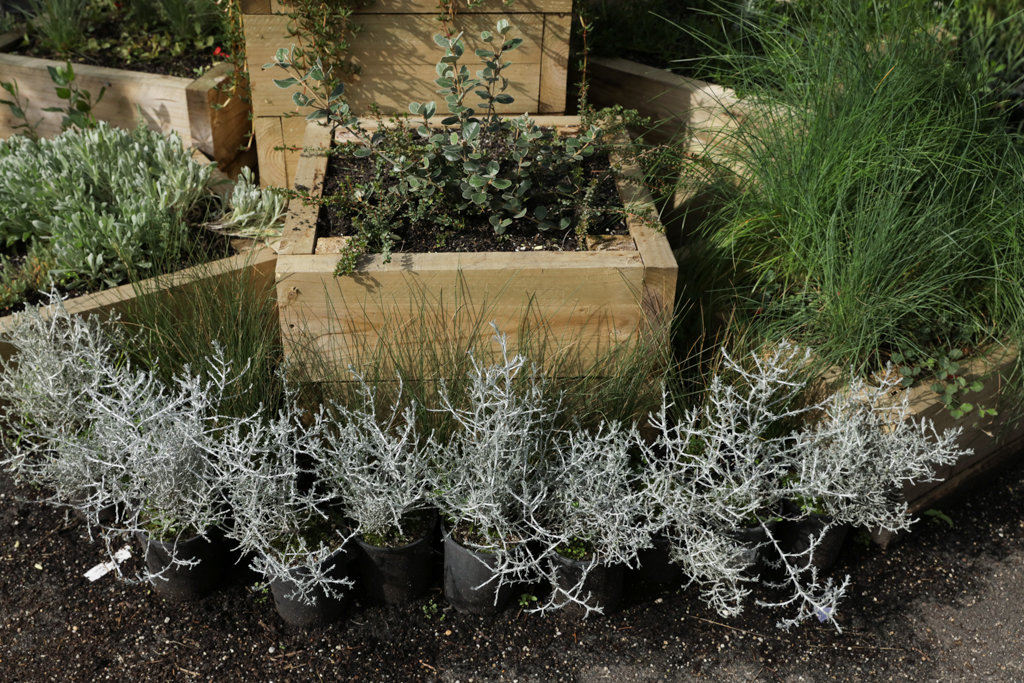
Bili Nursery will be closed on Saturday – 15, 22 and 29 January- opening again Saturday 5 February.
If you need plants, the nursery is still open Monday to Friday.
See you there!
An invitation to volunteer with us
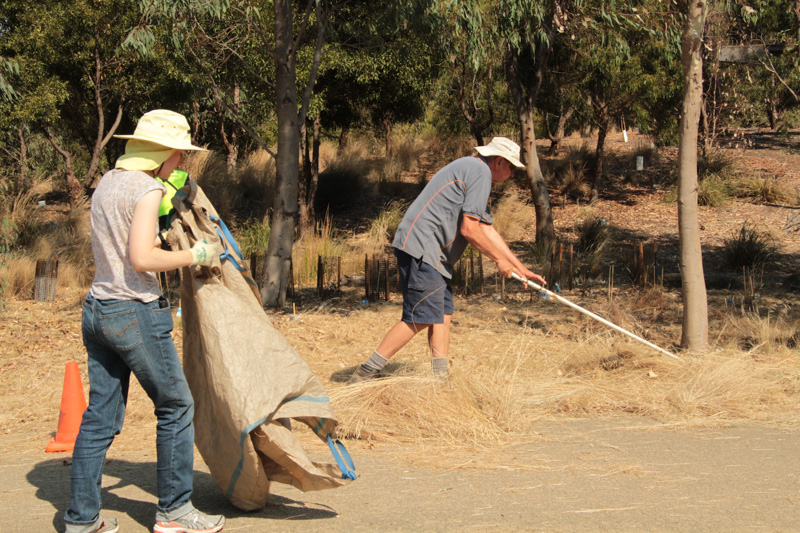
Bili Nursery
We have vacancies in our regular volunteer teams on Mondays, Wednesdays, and Fridays. The nursery is at 525 Williamstown Road, Port Melbourne.
Our volunteers perform a range of tasks including potting up, pricking out, removing weeds, ‘cleaning’ and storing seeds, and helping with retail customers.
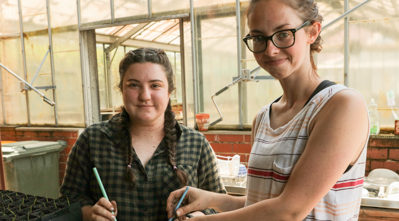
We produce indigenous plants for Westgate Park, friends groups, local councils, landscapers, and residents and we do this because it is so important for biodiversity.
Bili Landcare
Our Bili Landcare volunteer team could do with more help on Mondays and Wednesdays in planting, weeding and generally taking care of our wonderful Westgate Park, Todd Road Port Melbourne.
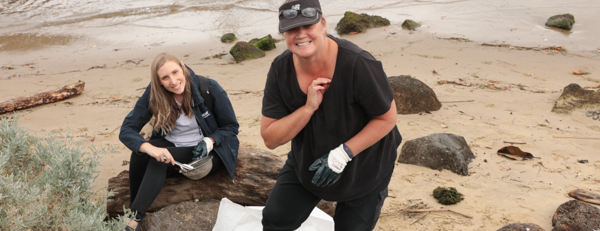
If you like to be outdoors in a bush-like setting, working to the sounds of frog and bird calls, this may be for you.
Parks Victoria requires that volunteers working in the Park have a Working With Children Check or have applied for one. It’s free and you can apply for one here.
Register your interest in volunteering
We will do an induction, show you around both the Park and the Nursery and make sure you know how to stay work safe.
Welcome on board!
Bird survey 6 December
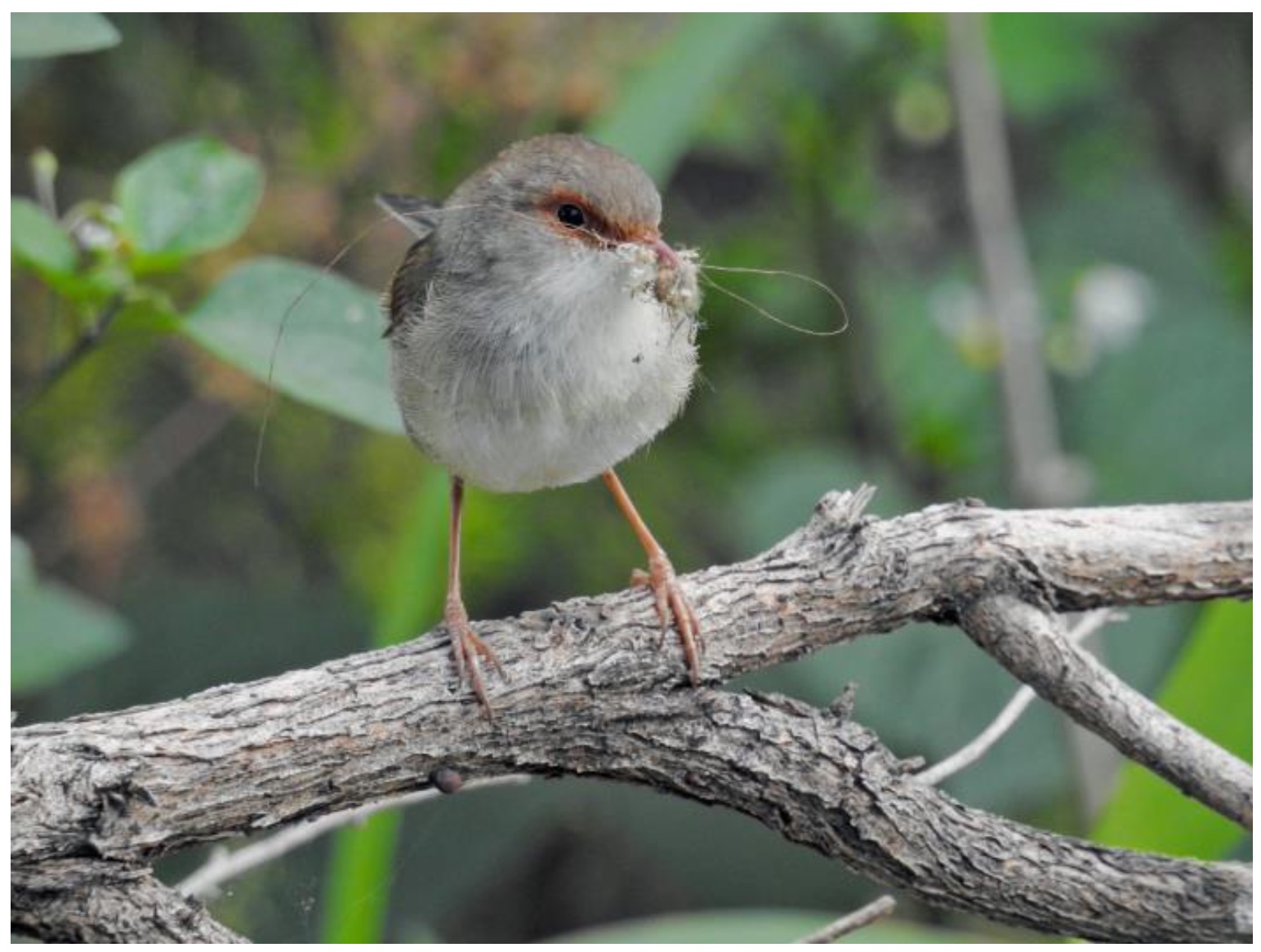
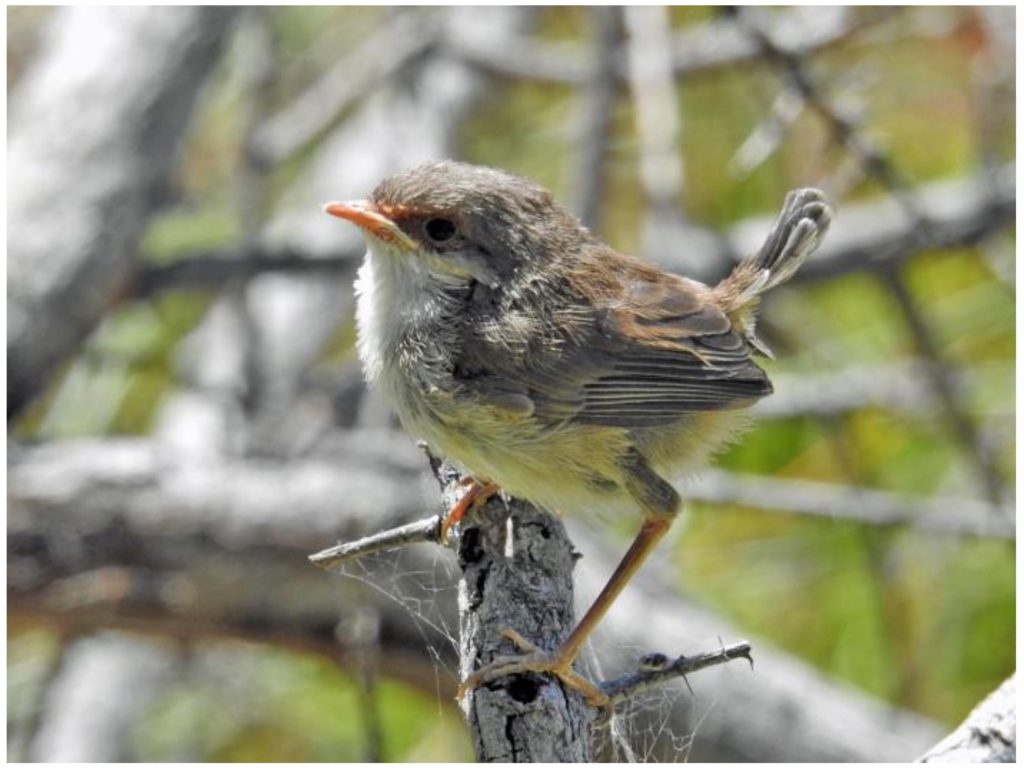
Recently fledged superb fairy-wren nestling (Pic: Ursula Dutkiewicz)
Hot, blustery, and humid weather suppressed a great deal of bird activity, but with good habitat conditions the superb fairy-wrens continue to breed.
Overall, however the park looks good with larger trees well recovered from the near-drought conditions that prevailed early in 2021.
Weeds remain a problem, but the Westgate volunteers are back in action.
The three Weebill reported on eBird on 5 December is a new record of this species in the park.
Bird survey 1 November
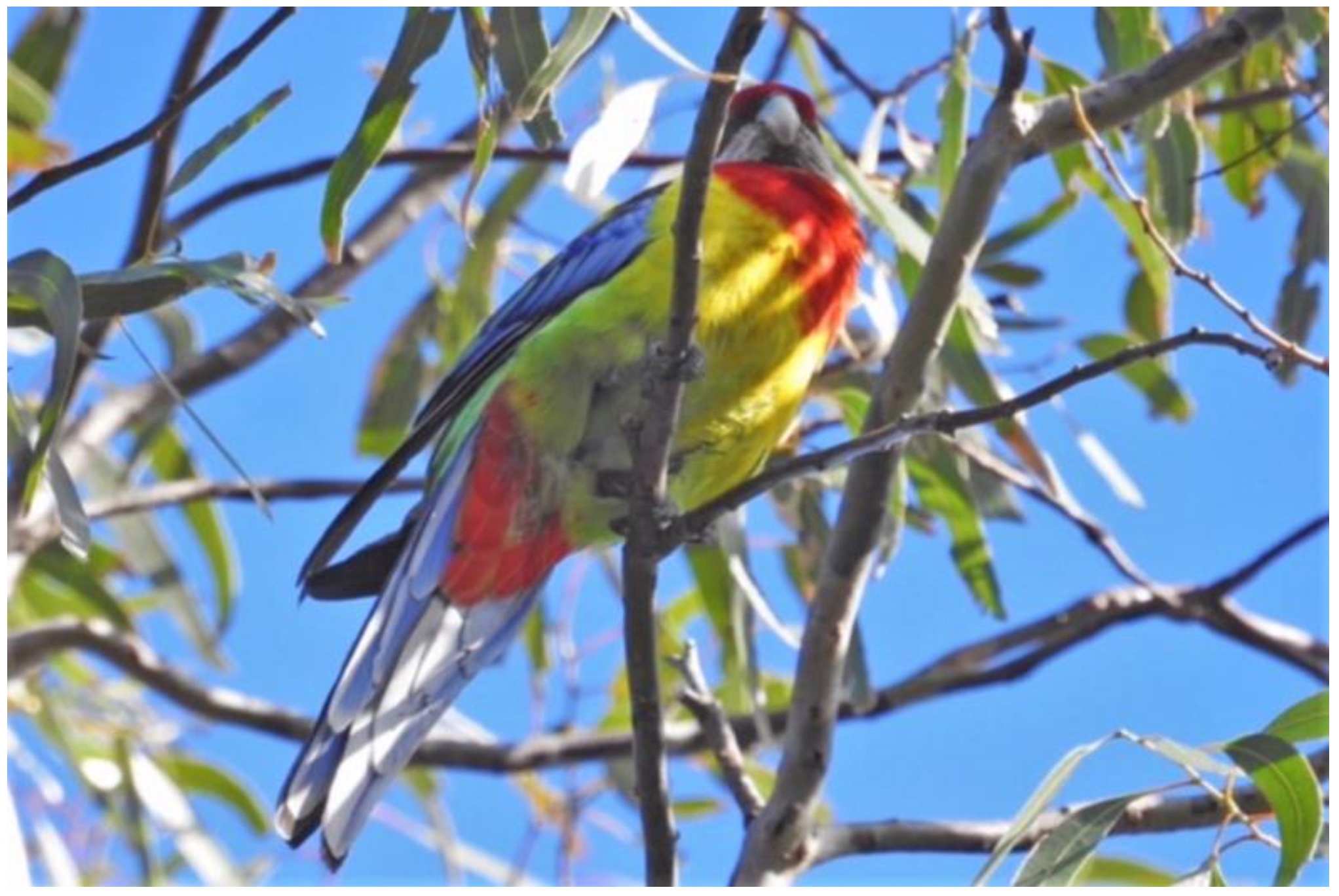
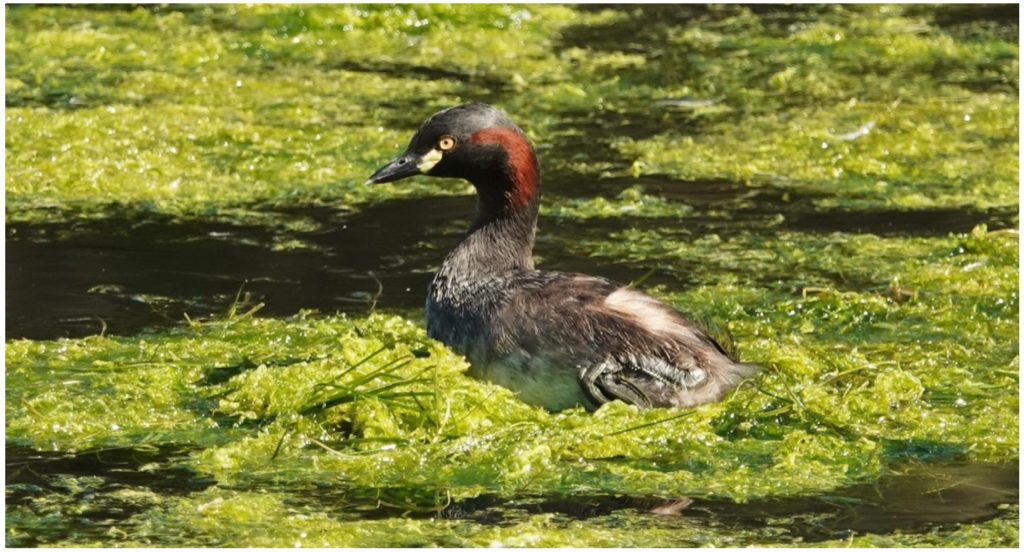
Australasian Grebe on nest of floating algae. Six out of the eight grebes were nesting or constructing a nest. (Pic: Andrew McCutcheon)
This survey recorded the first eastern rosella seen in the park 2016.
Clamorous reed warblers are back in number, and the high number of white-browed scrub-wrens.
The water in both major lakes is at very high levels, with almost all the smaller islands in the Large Freshwater Lake fully submerged.
Whilst clearer than usual, the Large Freshwater Lake hosts large patches of green algae but very few water birds with all species in very low numbers.
Continuing excellent rains have brought dense growth in many parts of the park, along with weeds.
The high number of white-browed scrub-wrens indicates that past surveys have generally under-estimated the numbers of this elusive species in Westgate Park.
Opening hours over the break
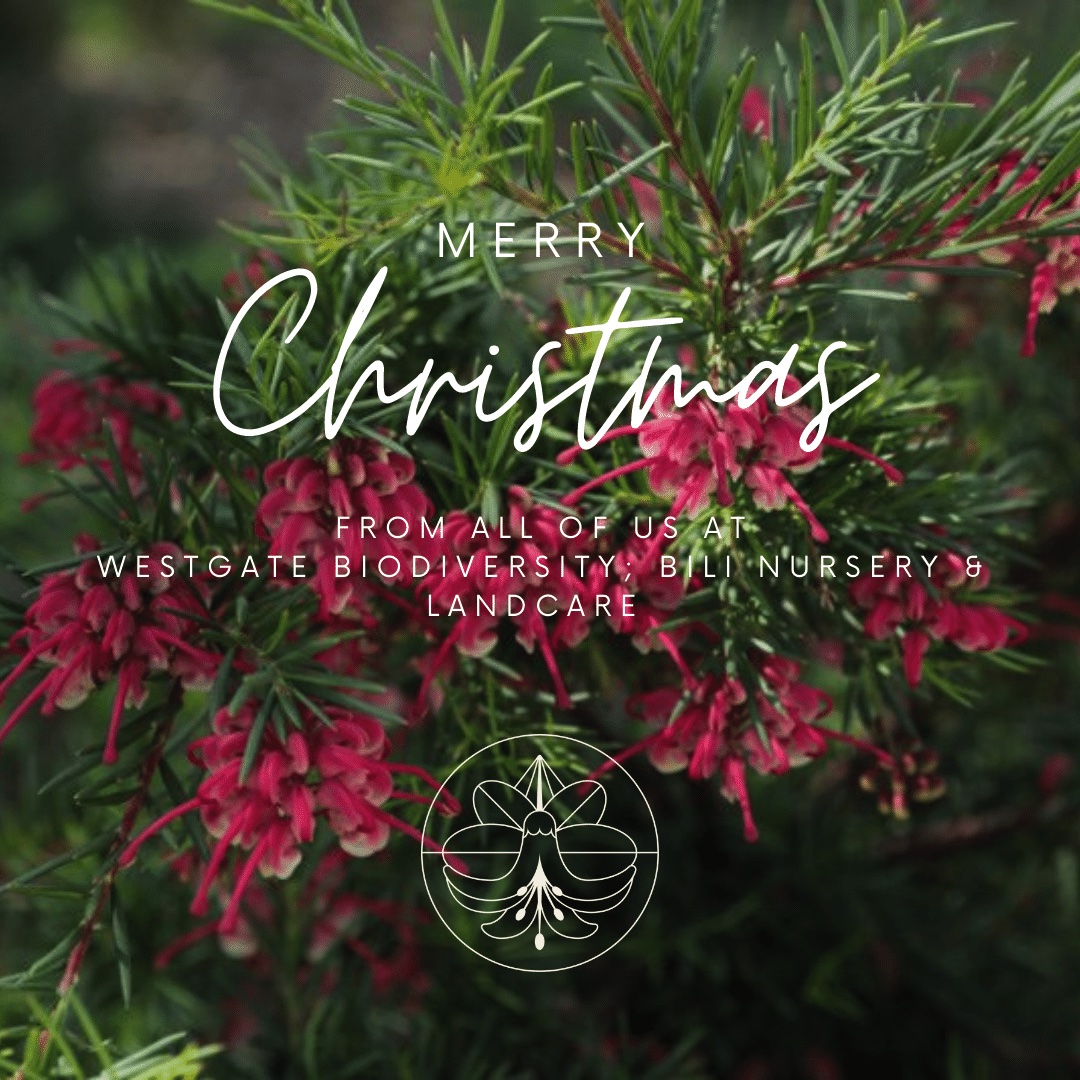
Bili Nursery
Open over Christmas, other than public holidays: 9 am to 4 pm Monday to Friday.
525 Williamstown Road, Port Melbourne
Bili Landcare
Resumes Monday and Wednesday working days at Westgate Park after 10 January 2022
Call 0492 972 652 for information on volunteering
